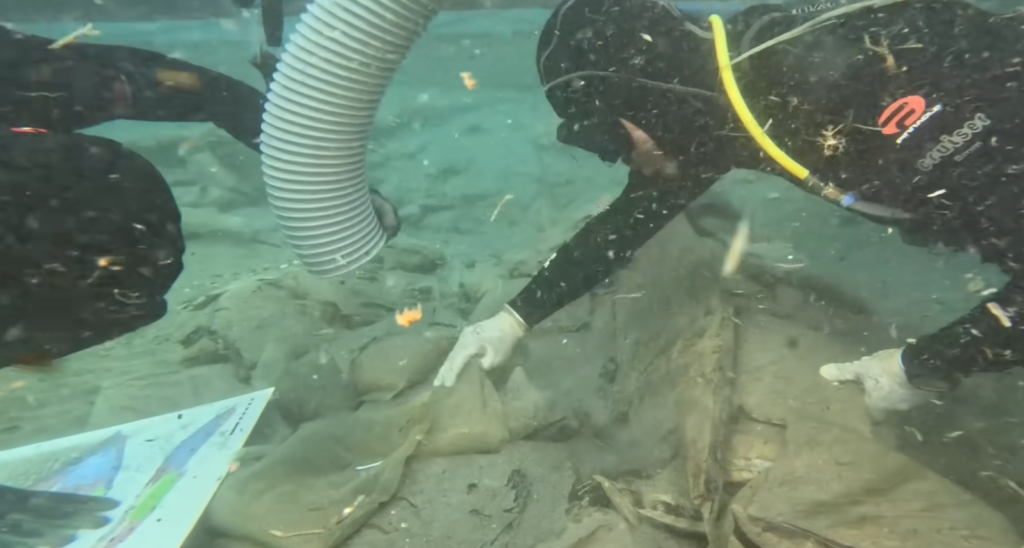This mission has been ongoing since the shipwreck was found back in 1994.
Others are reading now
Spanish archaeologists have successfully salvaged a 2,600-year-old Phoenician shipwreck off the southeast coast of Spain.
This mission has been ongoing since the shipwreck was found back in 1994, according to El Economista.
Known as Mazarrón II, the shipwreck is one of the most well-preserved vessels from the Phoenician era, marking a major milestone in maritime archaeology.
The Mazarrón II was discovered in 1994 near Mazarrón, Murcia, alongside a second shipwreck, Mazarrón I.
Also read
The Mazarrón I was recovered in 1995 and is currently displayed at the National Museum of Underwater Archaeology in Cartagena. The first shipwreck has already provided valuable insights into ancient seafaring, but the intact condition of Mazarrón II makes it an extraordinary find, that might provide even more.
“This shipwreck significantly advances our understanding of Phoenician naval construction,” said Carlos de Juan, director of the excavation project, in a statement shared by the University of Valencia.
The Complex Process of Recovery
Recovering the ship was a meticulous operation.
Over a period of nearly two months, from September to November 2024, a team of 14 specialists worked underwater to extract the wooden fragments piece by piece.
The delicate operation began on September 13 and concluded on November 7.
The salvaged remains have been transported to the National Museum of Underwater Archaeology, where they will undergo an extensive conservation process expected to take several years.
This effort aims to preserve the ship’s structure and provide long-term stability for future study and exhibition.
A Glimpse into Phoenician Innovation
The Phoenicians, renowned for their maritime prowess, were central to Mediterranean trade from 1500 to 300 BCE.
Operating from present-day Lebanon, Syria, and Israel, they influenced the ancient world through commerce and the development of an alphabet that shaped Greek and Roman scripts.
However, much of their material culture has been lost over time, making the recovery of Mazarrón II especially significant.
This shipwreck offers unique insights into Phoenician shipbuilding techniques, which remain less understood than those of their Greek contemporaries.


